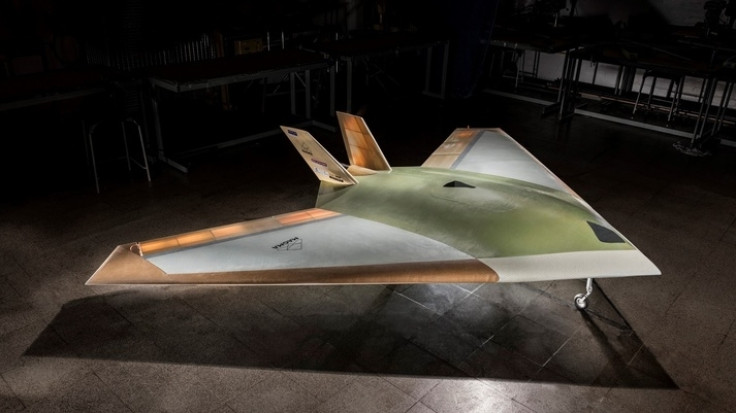BAE's MAGMA stealth drone has a completely smooth surface with no moving parts
MAGMA is lighter, stealthier, and more efficient than conventional aircraft.

BAE Systems has designed a new drone that can fly and manoeuvre in the air without any flaps, fins, and other mechanical moving parts. It has a completely smooth exterior, making it lighter, faster, and stealthier than conventional aircraft.
Flight testing of the MAGMA drone has been completed. By removing complex moving parts and mechanical systems, it is possible to build drones that could give greater control to the operator, the company said in a press release.
The aircraft makes use of a blown-air system, which work by altering the speed of air that moves around the wing of the aircraft. The idea is to inject supersonic wind to the right part of the wing and make it change course. This wind will come from the engine. BAE calls it the Wing Circulation Control (WCC).
Another way the direction of the aircraft can be changed is by deflecting the exhaust that comes out of the back of the engine. This system is called Fluidic Thrust Vectoring (FTV).
The project has been taken up by BAE in collaboration with the University of Manchester and they believe that this would be the way both military and civilian jets of the future are likely to be designed.
The result of using blown air to change direction during flight is that these drones stay the same shape during the entirety of their flights, notes a report by Popular Mechanics. While most aircraft look completely stiff when in flight, there are a number of rudders, flaps, elevators, and ailerons, collectively known as flight hydraulics, that control the flight movement. Pitch, yaw, and roll are all controlled by mechanical parts affixed to the rear end of wings that are in the form of horizontal or vertical stabilisers controlled by the pilot. In some cases, they are even controlled by onboard computers.
One of the advantages of staying the same shape is increased stealth capabilities. Stealth jets like the B-2 Spirit, F-22 Raptor, and F-35 Joint Strike Fighter, have carefully designed stealth profiles that can be momentarily compromised when their fins and flaps move up and down. This might not be too much of a drawback, but completely eliminating moving surfaces can make stealthier fighters.
Being large and heavy, these "control surfaces" are complex mechanisms that add to the size and weight of aircraft. Since they are important to almost every movement that is made by pilots, their failure could be disastrous.
However, this also does not mean that it is not possible to land an aircraft without the control surfaces. Thrust vectoring has been used before to land planes in emergencies. One such example is the landing of the DHL Airbus A300 at Baghdad on 22 November, 2003. Soon after takeoff, the flight was hit by a missile that completely took away all of the hydraulically controlled mechanical flaps and fins. The only control that the pilot had, according to an account recorded by HistoryNet, was the throttle.
The pilot was able to land the aircraft using thrust vectoring, that is, alternating between the engines on the left and right to turn, and increasing and reducing the throttle to control the ascent and descent. He was able to land the plane safely.
BAE's MAGMA wants to use similar methods, but with only one engine and make it the primary control mechanism of the aircraft. The idea is that less complex systems have lesser chances of breaking down.






